Word Recognition Normal Vowels Worksheets for Ages 6-7
6 filtered results
-
From - To
Unlock your child’s reading potential with our "Word Recognition Normal Vowels Worksheets" designed for ages 6-7! These engaging, interactive worksheets help young learners master vowel sounds and boost their word recognition skills. Each activity is crafted to promote phonemic awareness and improve reading fluency through fun and relatable content. Kids will love exploring various exercises that reinforce their understanding of normal vowels, all while building their vocabulary in an enjoyable way. Ideal for classroom or at-home learning, our worksheets provide an excellent resource for educators and parents aiming to foster a confident reader. Start your child’s reading journey today!
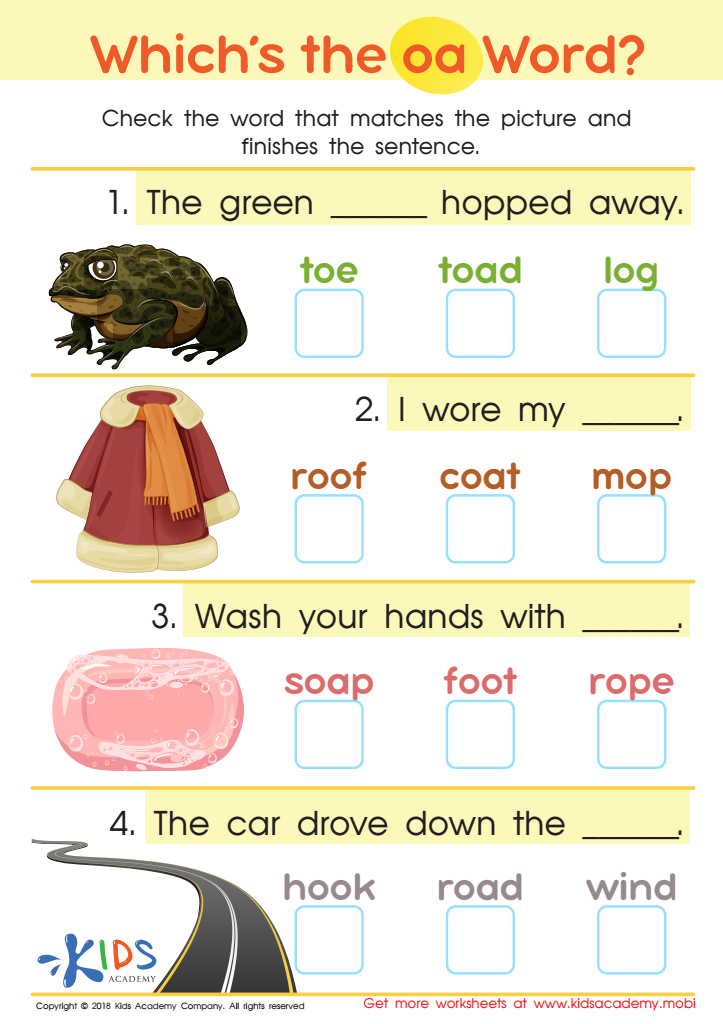

Which's the OA Word? Worksheet
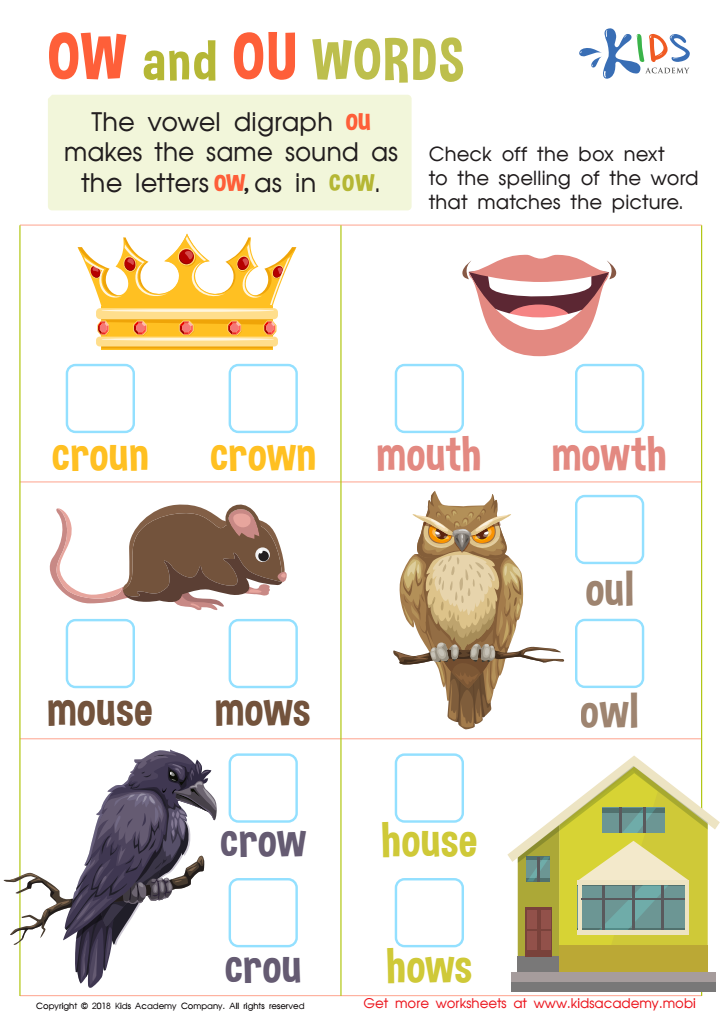

Reading: OW and OU Words Worksheet
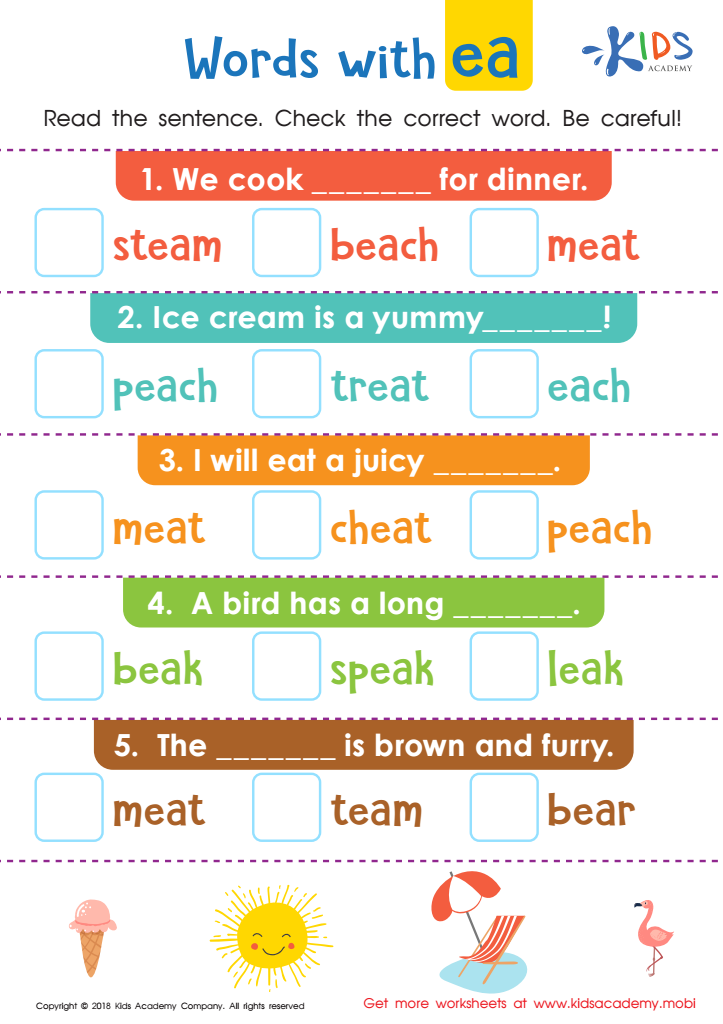

Words with ea Worksheet
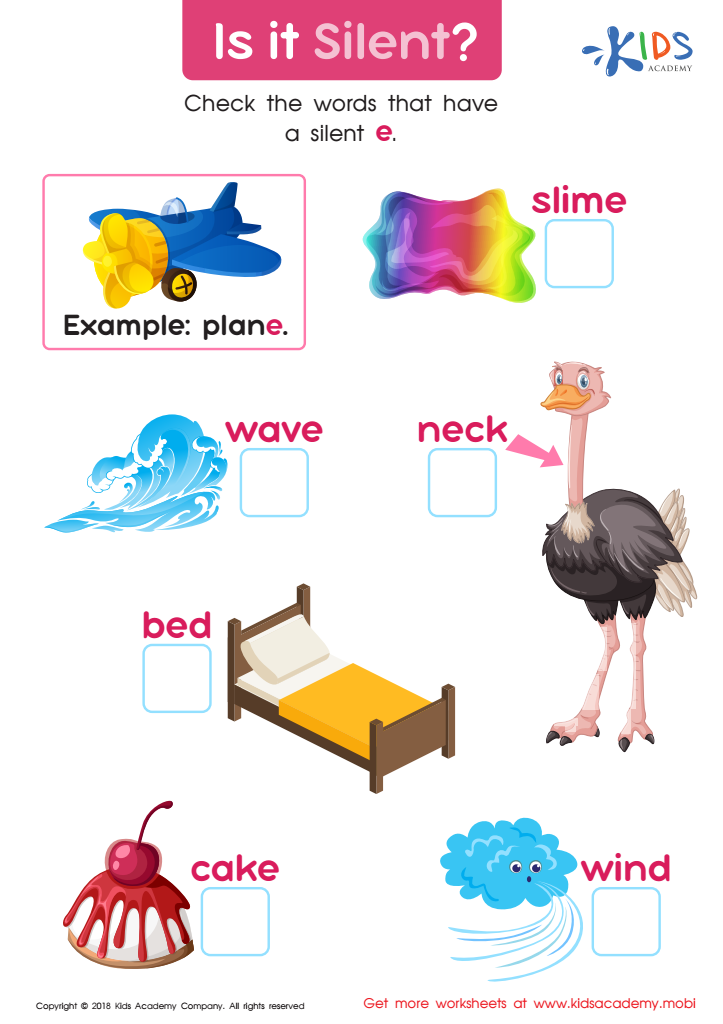

Is It Silent? Worksheet
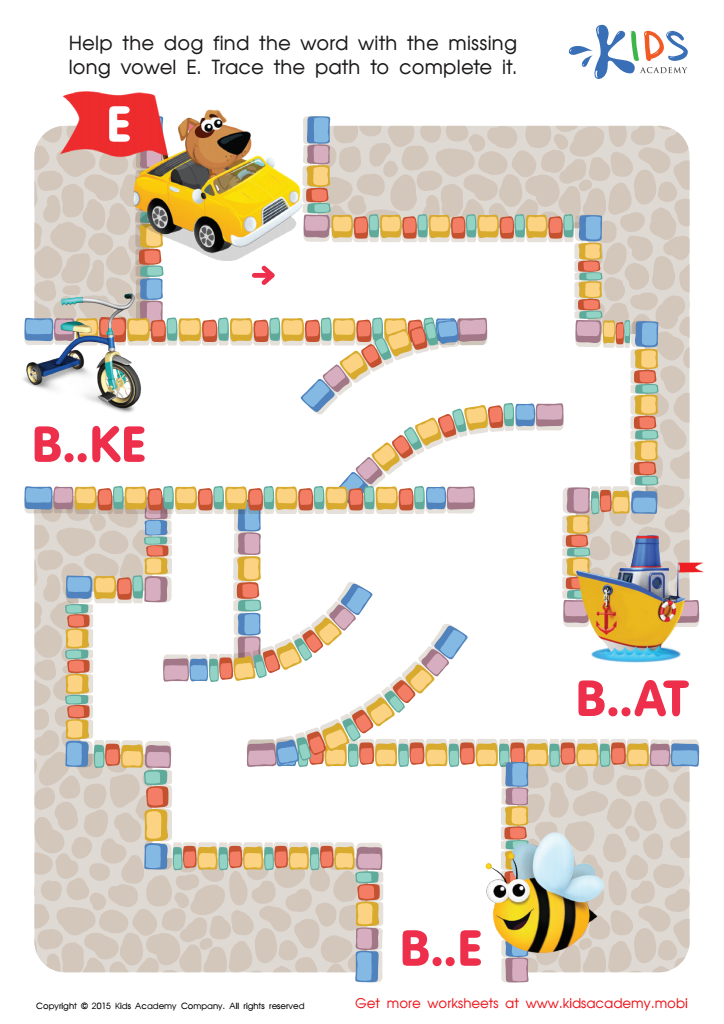

Long Vowel Sound E Worksheet
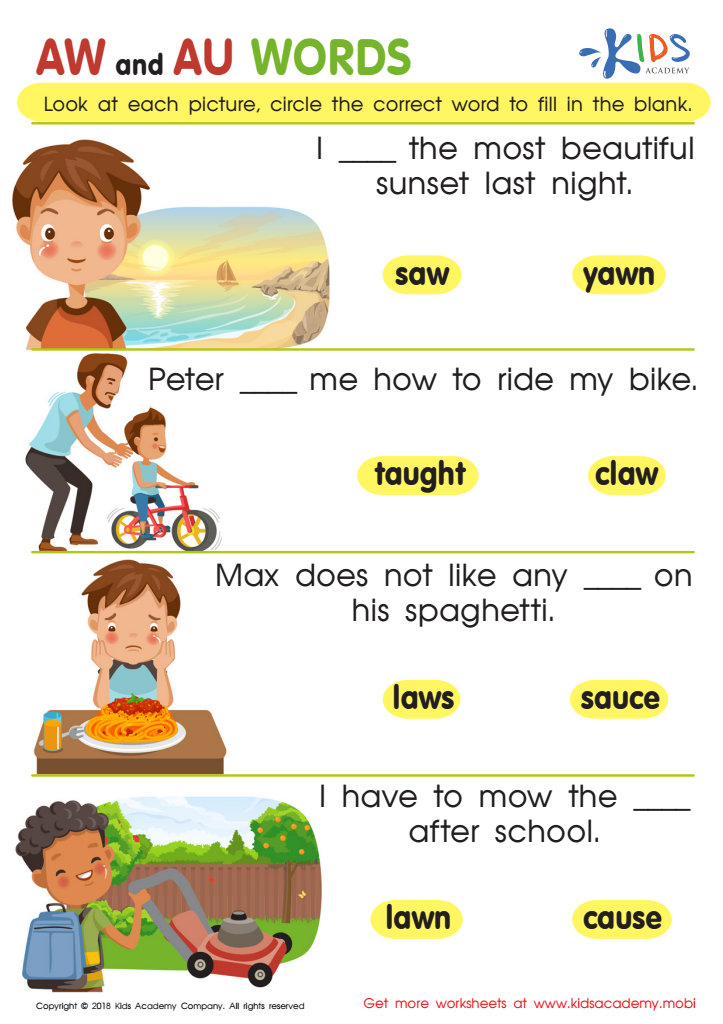

Reading: AW and AU Words Worksheet
Word recognition, particularly involving normal vowels, is crucial for children aged 6-7 as they are in a pivotal stage of literacy development. At this age, children begin to decode words independently and improve their reading fluency. Understanding normal vowels—such as 'a,' 'e,' 'i,' 'o,' and 'u'—is essential because vowels are integral to word formation in the English language. When children grasp how vowels function within words, it enhances their ability to read unfamiliar words, thus building their confidence.
Parents and teachers should care about word recognition for several reasons. Firstly, strong vowel recognition leads to improved phonemic awareness, which forms the foundation for advanced reading and comprehension skills. Secondly, mastering vowel sounds allows children to engage with a wider range of texts, fostering a love for reading and a desire to learn. Finally, developing word recognition skills lays the groundwork for academic success in all subjects, as reading is essential for learning in today's educational environment. By prioritizing this aspect of literacy, parents and teachers can ensure that children are not only equipped with crucial skills but are also motivated and excited to explore the world through books.

 Assign to My Students
Assign to My Students
















